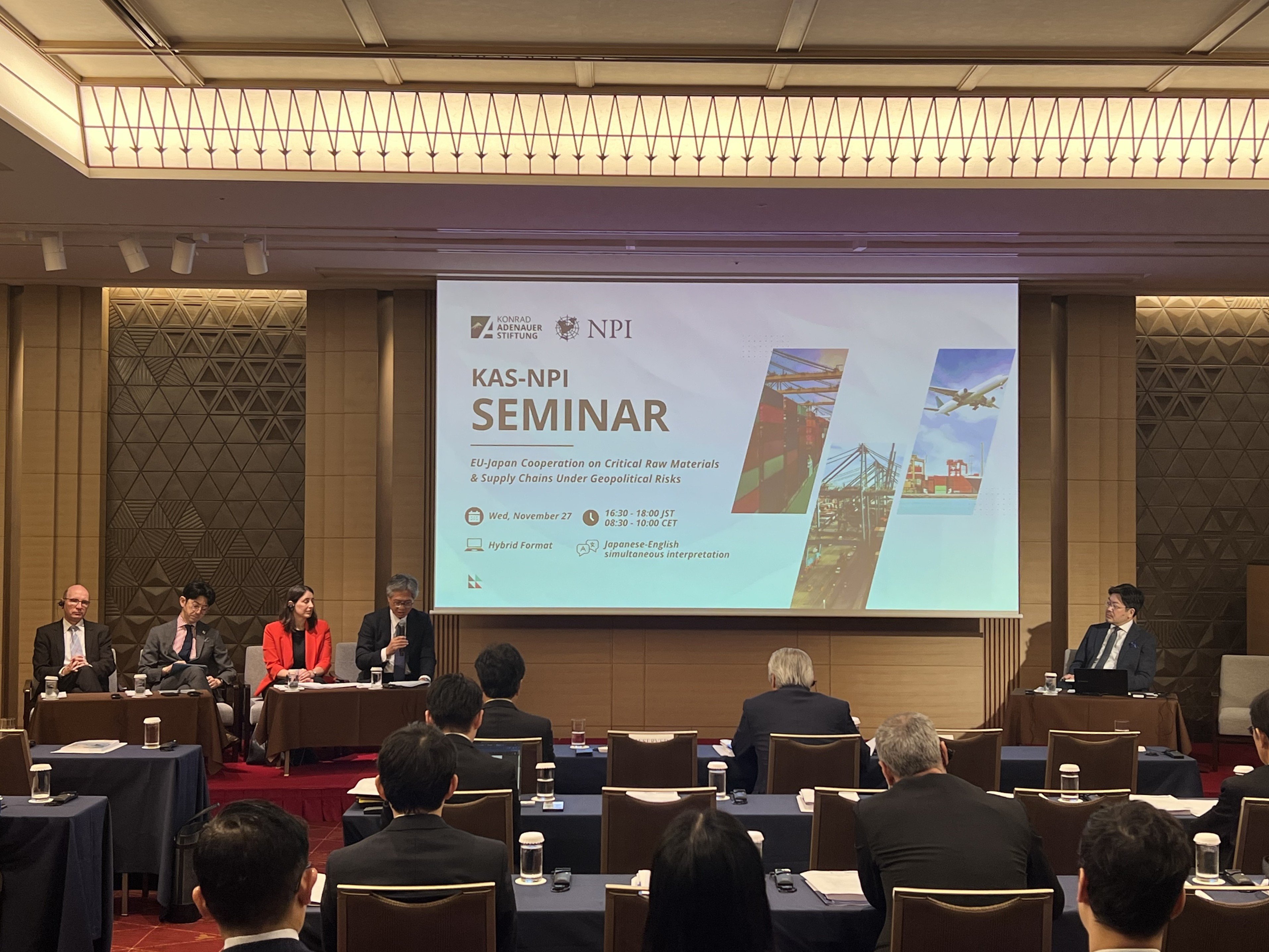2012/01/13
No. 140: Takashi Omori, "A New Era for APEC and TPP"
[PDF version]
With the Honolulu summit in November, Asia-Pacific Economic Cooperation (APEC) wrapped up its so-called "golden three years" forged through the presidency of Singapore, Japan and the United States in turn. The East Asia Summit, held a week later in Bali, witnessed the first official participation of the United States and Russia. The Japanese government took the opportunity of the annual APEC summit to announce its intention to join the Trans-Pacific Partnership (TPP) negotiations despite split public opinion at home. If Canada and Mexico, which similarly expressed interest in the TPP talks, are added, the future TPP could have 12 member countries, a majority of the 21 APEC economies.
When we look back at the past three years, we note some major developments in APEC. The first is a new approach to cooperation in this diverse region. In its scheme to improve the business environment using World Bank indicators, APEC has made it a rule that an economy wanting to improve in a certain field can seek guidance from a fellow member economy that is doing well in that field. The latter provides advice based on its own experience but taking due account of the needs and circumstances of the former rather than simply imposing "the best practice". It has been reported that the success stories told by key persons who actually achieved breakthroughs have much encouraged the relevant bureaucrats facing difficulties.
The second is the Growth Strategy, compiled last year, whose five pillars are inclusive, sustainable, balanced, innovative and secure. There may seem nothing particularly eye-catching at a glance, but what is remarkable is the fact that countries in different stages of development with different cultural backgrounds and political regimes agreed to common agendas and objectives. It was indeed the world's first such attempt. The experience will enhance a sense of unity among APEC economies and become the foundation of regional cooperation from now on.
The third is America's return to Asia. The re-engagement of Washington in the Asia-Pacific region, driven by its eagerness to catch up with the economic integration developing on the opposite side of the Pacific Ocean, should have provided a sense of security for the member states of the Association of South-East Asian Nations (ASEAN).
Challenges remain, however. Firstly, where and how regional economic integration will proceed remains unclear. It has been a while since the APEC members agreed in principle to realize a comprehensive Free Trade Area of the Asia-Pacific (FTAAP) as they witnessed a random formation of bilateral free trade agreements (FTAs) on the rise. Despite the growing importance of TPP, the route to that final destination is not yet in sight.
The second challenge is how to manage the two great powers in the region. With growing confidence in its power backed by its economic growth and other factors, Beijing is reinforcing its assertive stance. Washington, for its part, appears to be rushing toward a conclusion due to the impatience it feels towards regional economic integration and its wish to expand its exports. There is a growing need for Japan to coordinate between these two great powers.
The third challenge is how to address social problems, such as aging populations and deepening economic gaps, creeping up on the region. The aforementioned growth strategy recognizes the gravity of these problems, but no concrete measures are yet apparent. The research project by the Japan National Committee for Pacific Economic Cooperation (JANCPEC) provides many useful insights in this field.
Finally, what are the prospects of TPP? Given the hardship encountered by the nine countries already in negotiation, it may take time for the three countries that have recently expressed interest to actually join the talks. Furthermore, Japan's involvement will be first screened by Washington in accordance with US interests. To maintain sufficient leverage on the negotiations, it is desirable for Japan to envisage various scenarios that could lead to the FTAAP, including ASEAN + 6, its trilateral partnership with China and South Korea, and its bilateral partnership with Australia.
At the same time, the government needs to convince the Japanese people of the considerable benefits of the regional economic partnership. It is true that static merits calculated in quantitative terms are not so impressive, but its dynamic effects, such as the promotion of technical and human resources development through competition, will likely be significant. On the other hand, the government must provide sufficient safety nets to mitigate the expected shocks from structural change caused by trade and investment liberalization. Unemployment insurance and welfare public assistance alone will not be enough. A flexible labor market, in which people can switch jobs and professions as they need or desire, is urgently needed.
Takashi Omori is Chair of the APEC Economic Committee (till 2011) and Professor of Economics at Tokyo City University.
The views expressed in this piece are the author's own and should not be attributed to The Association of Japanese Institutes of Strategic Studies.








